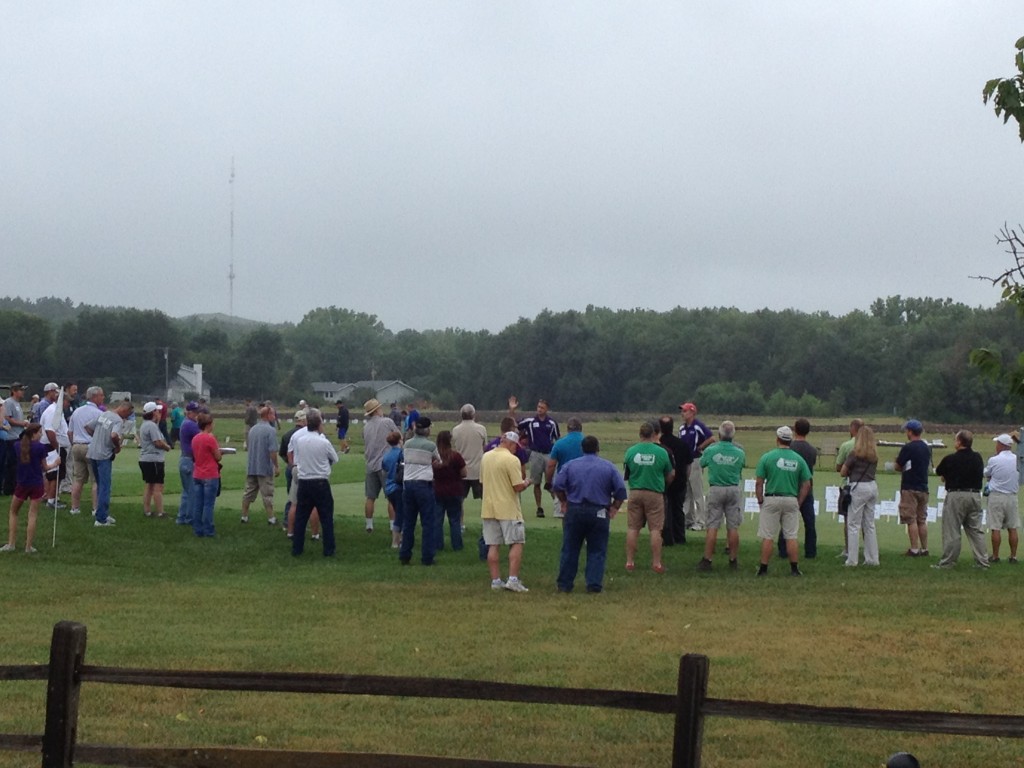(By Jared Hoyle, KSU Turfgrass Research and Extension)
The KSU Turfgrass Team has been busy updating turfgrass extension publications. Some of the most recent publications include benefits of a healthy turf, lawn fertilization guide and turfgrass mowing.
Enjoy the updated publications!
Benefits of Heathy Turfgrass
Environmental, economic, health, and safety benefits of turfgrass found in lawns, athletic fields, parks, and roadsides.
https://www.bookstore.ksre.ksu.edu/Item.aspx?catId=545&pubId=12800
Lawn Fertilizing Guide
This guide helps homeowners determine how much fertilizer to apply to keep lawn vigorous and healthy.
https://www.bookstore.ksre.ksu.edu/Item.aspx?catId=545&pubId=10639
Turfgrass Mowing: Professional Series
Mowing basics for professional turfgrass managers. Information on mowing height and frequency, clippings, mowing pattern, mower operation, blade sharpening, mower selection, maintenance, and safety
https://www.bookstore.ksre.ksu.edu/Item.aspx?catId=545&pubId=712
Mowing Your Lawn
Mowing basics for homeowners. Includes information on mowing height and frequency, pattern, mower operation, maintenance, and safety.
https://www.bookstore.ksre.ksu.edu/Item.aspx?catId=545&pubId=615
Recycling Grass Clippings
Information for homeowners on why and how to recycle grass clippings.
https://www.bookstore.ksre.ksu.edu/Item.aspx?catId=545&pubId=701
For more turfgrass publications visit the KSRE Bookstore.
https://www.bookstore.ksre.ksu.edu/Category.aspx?id=528&catId=545&Page=1













